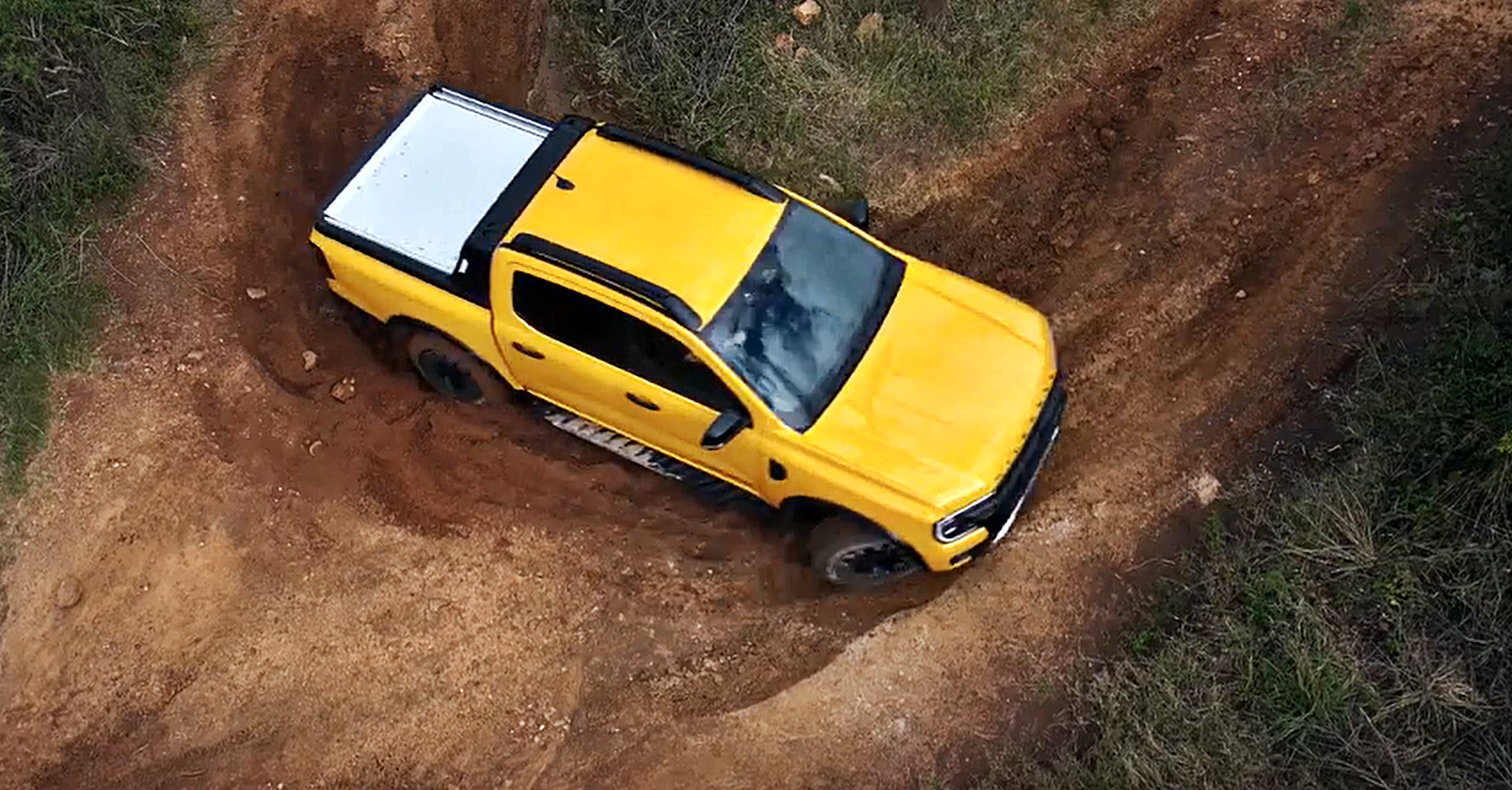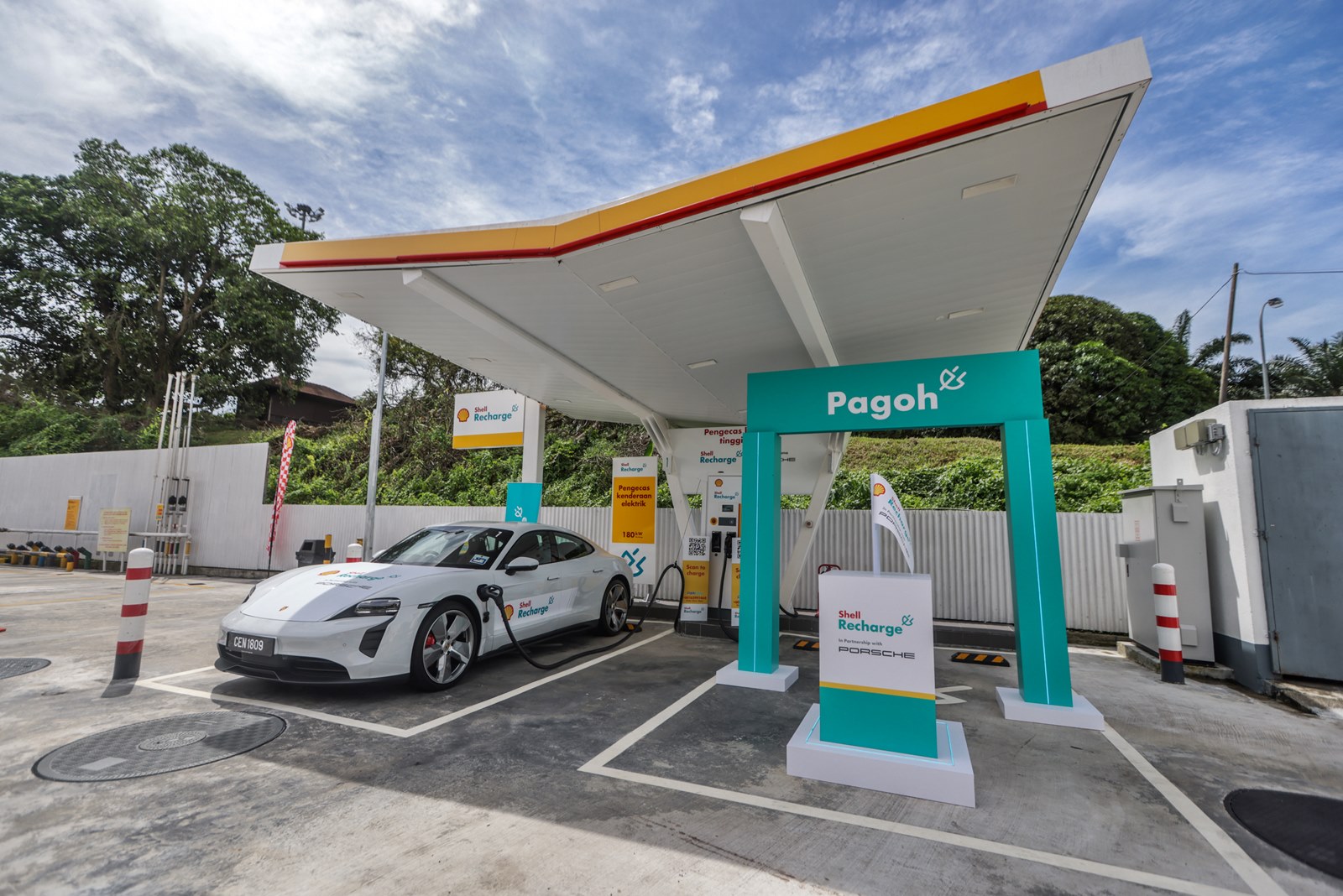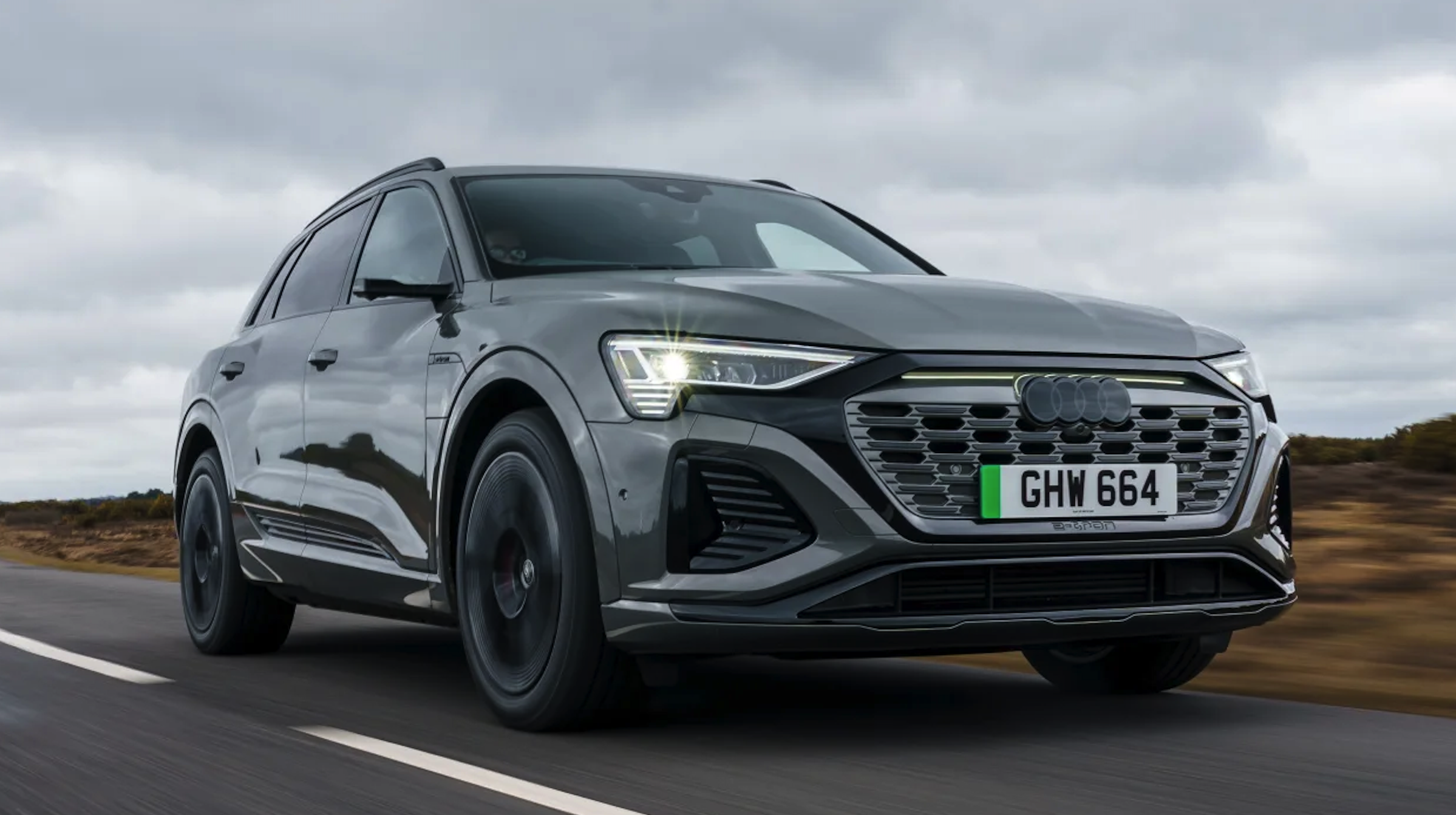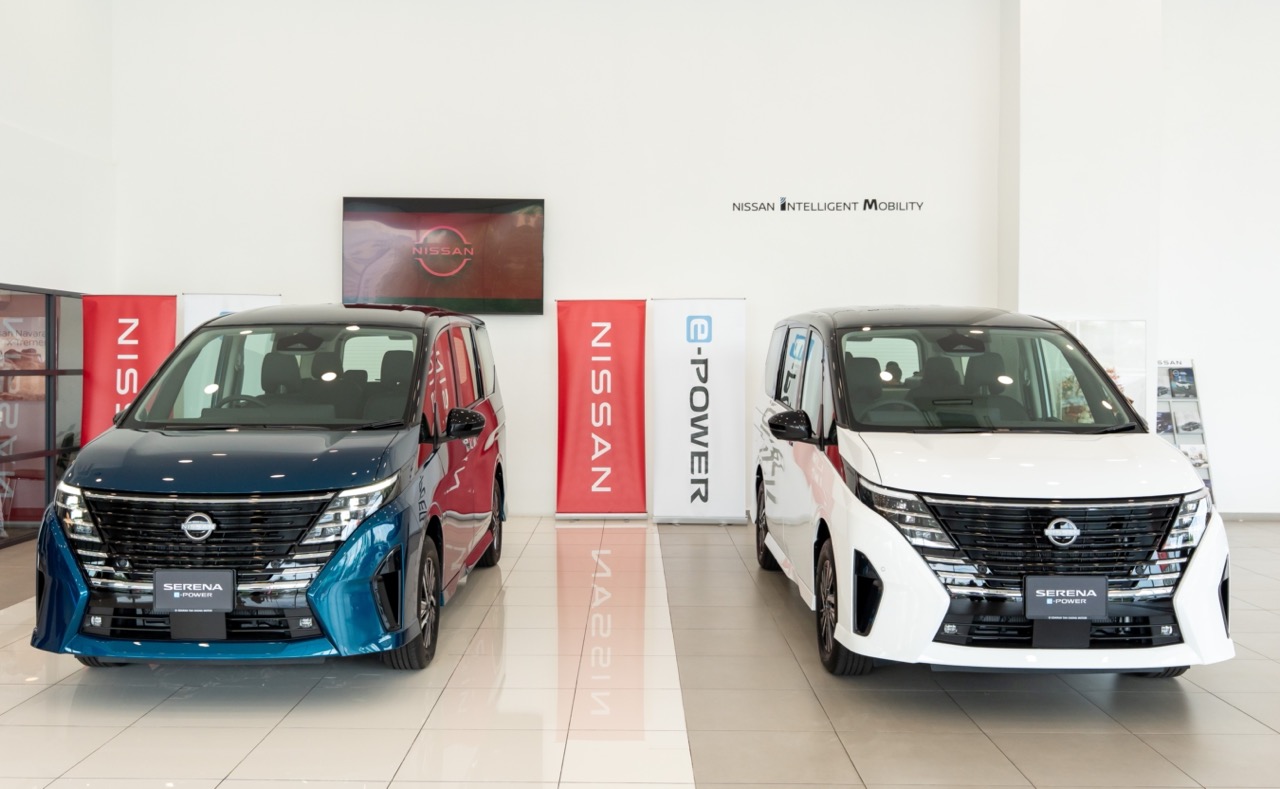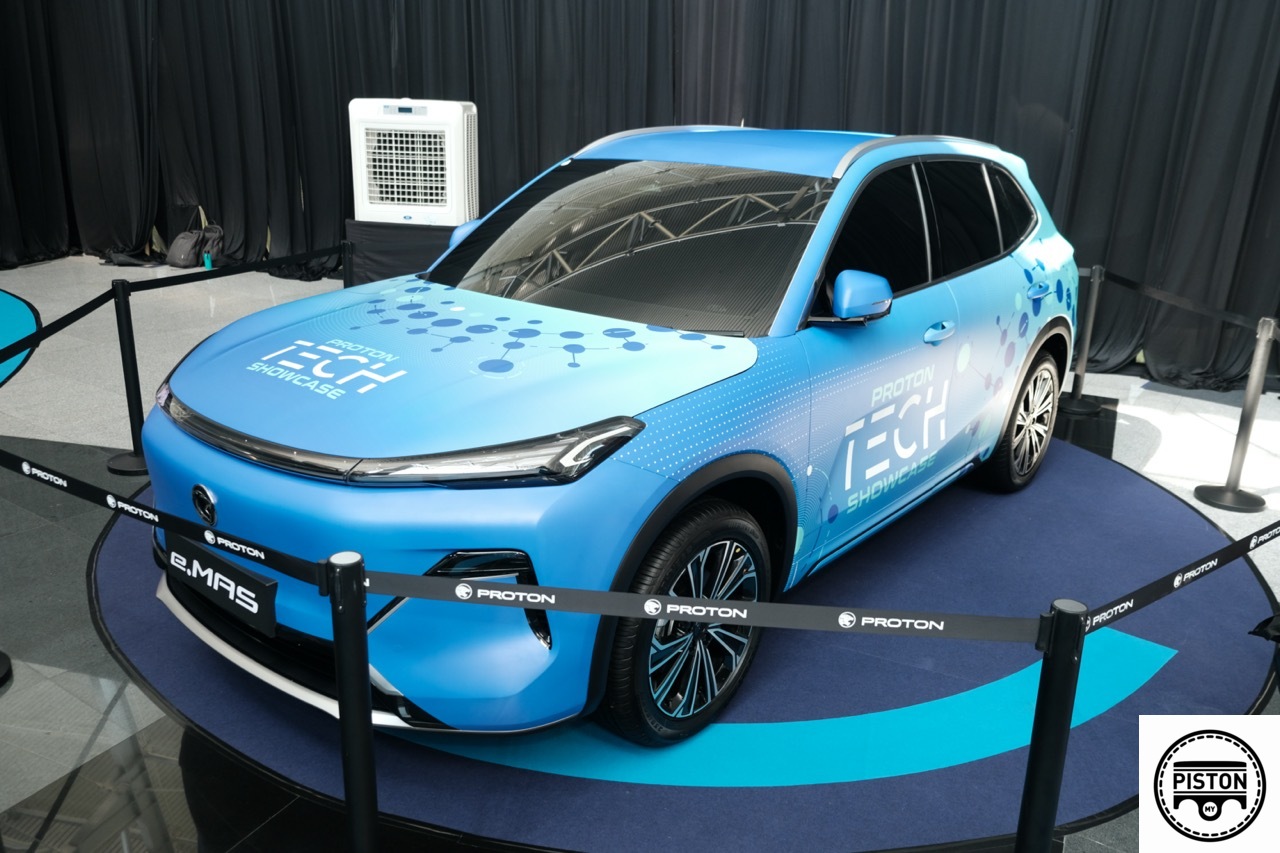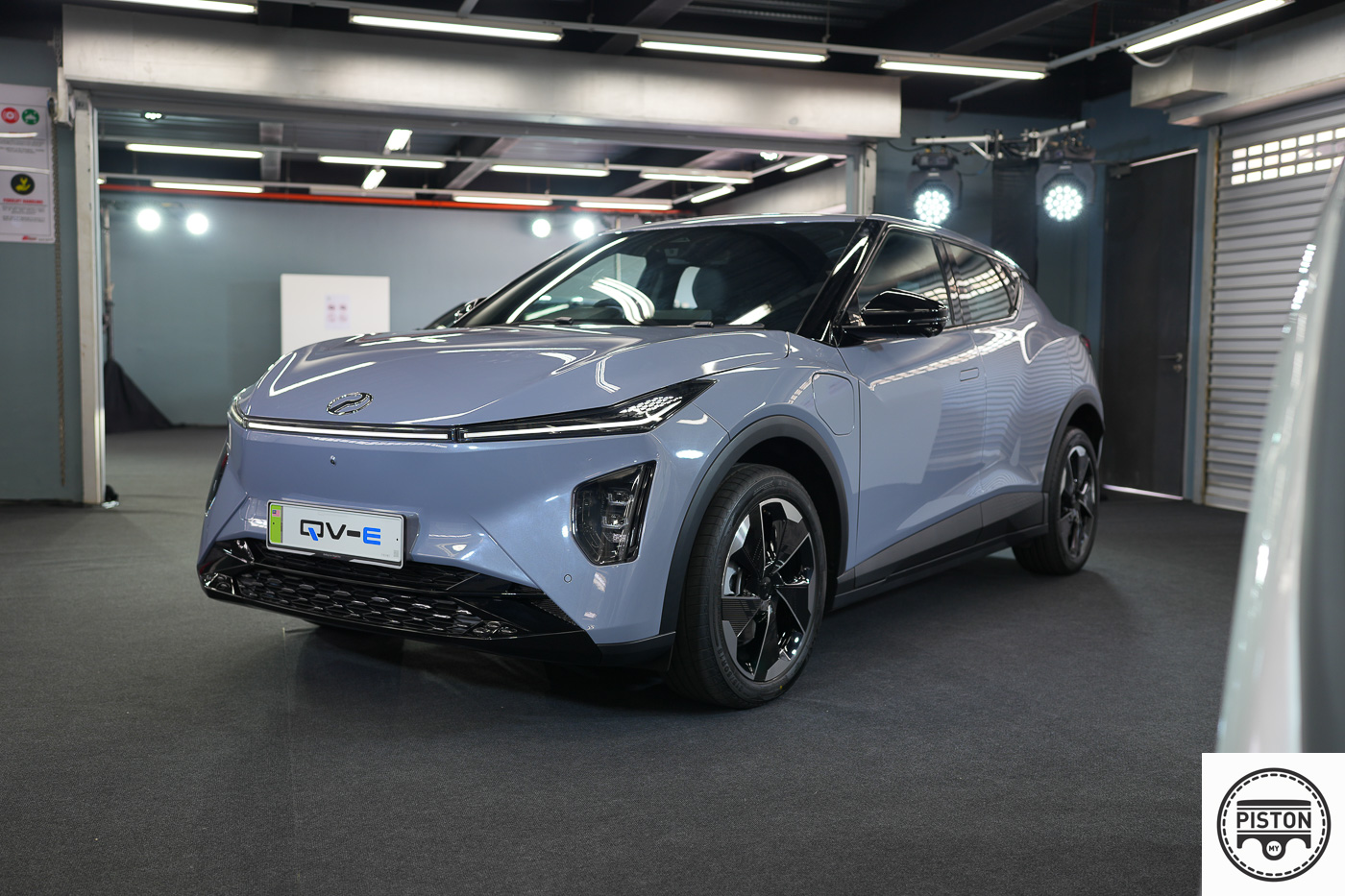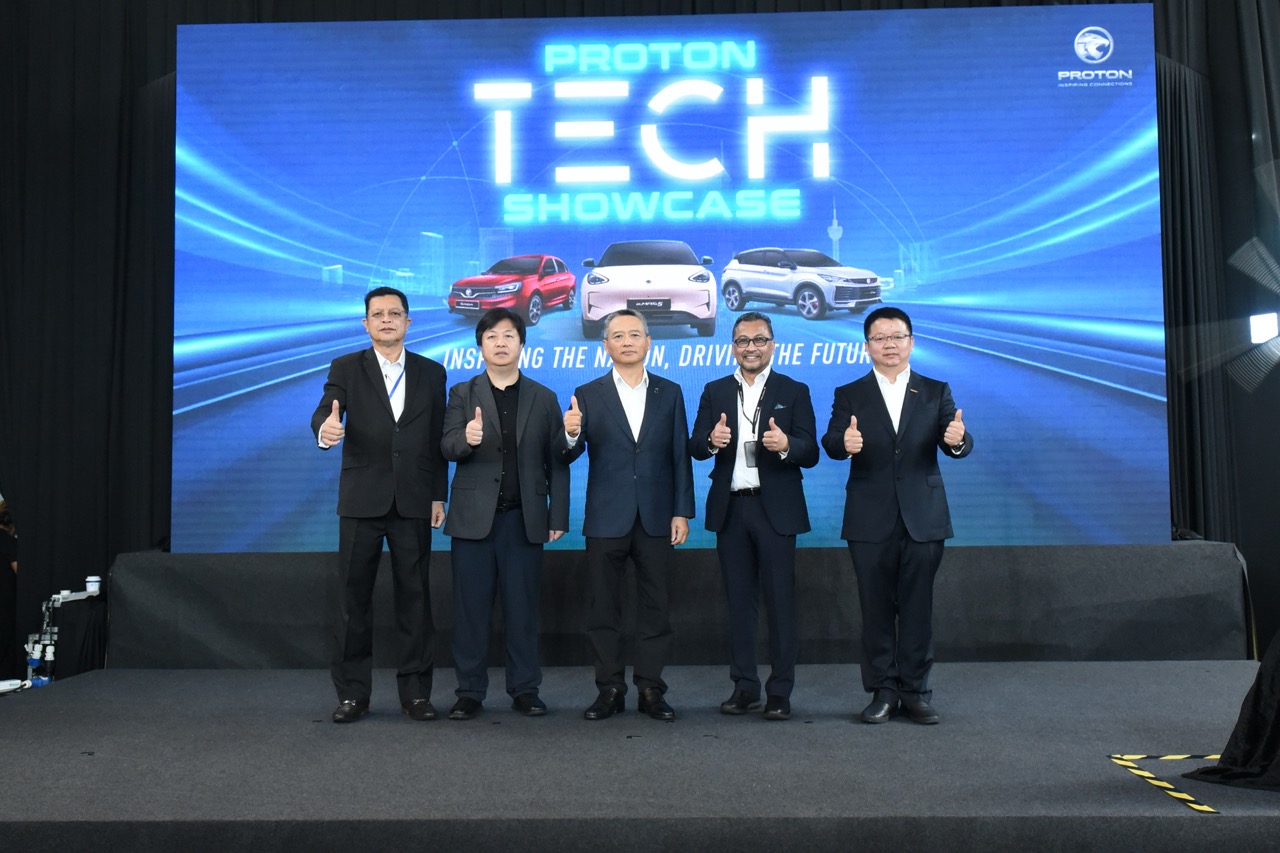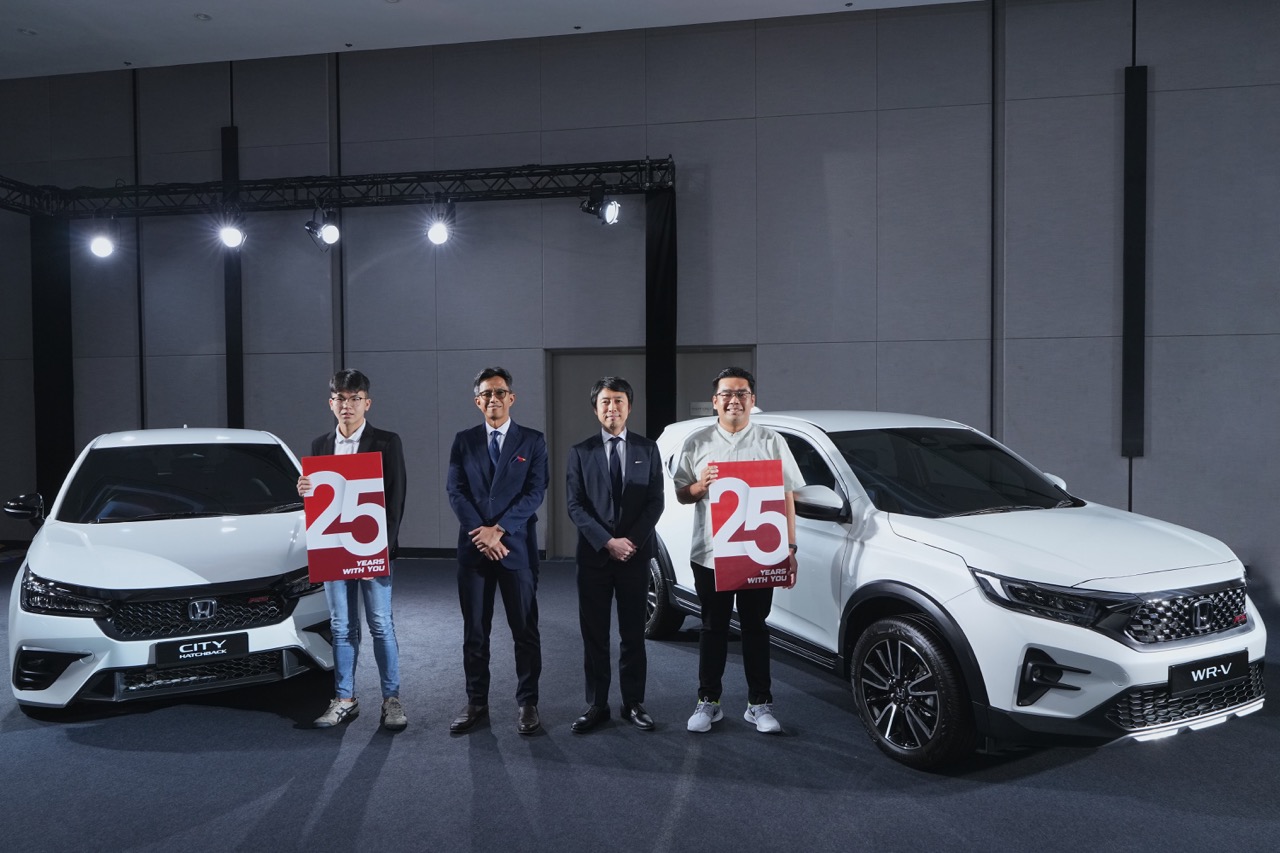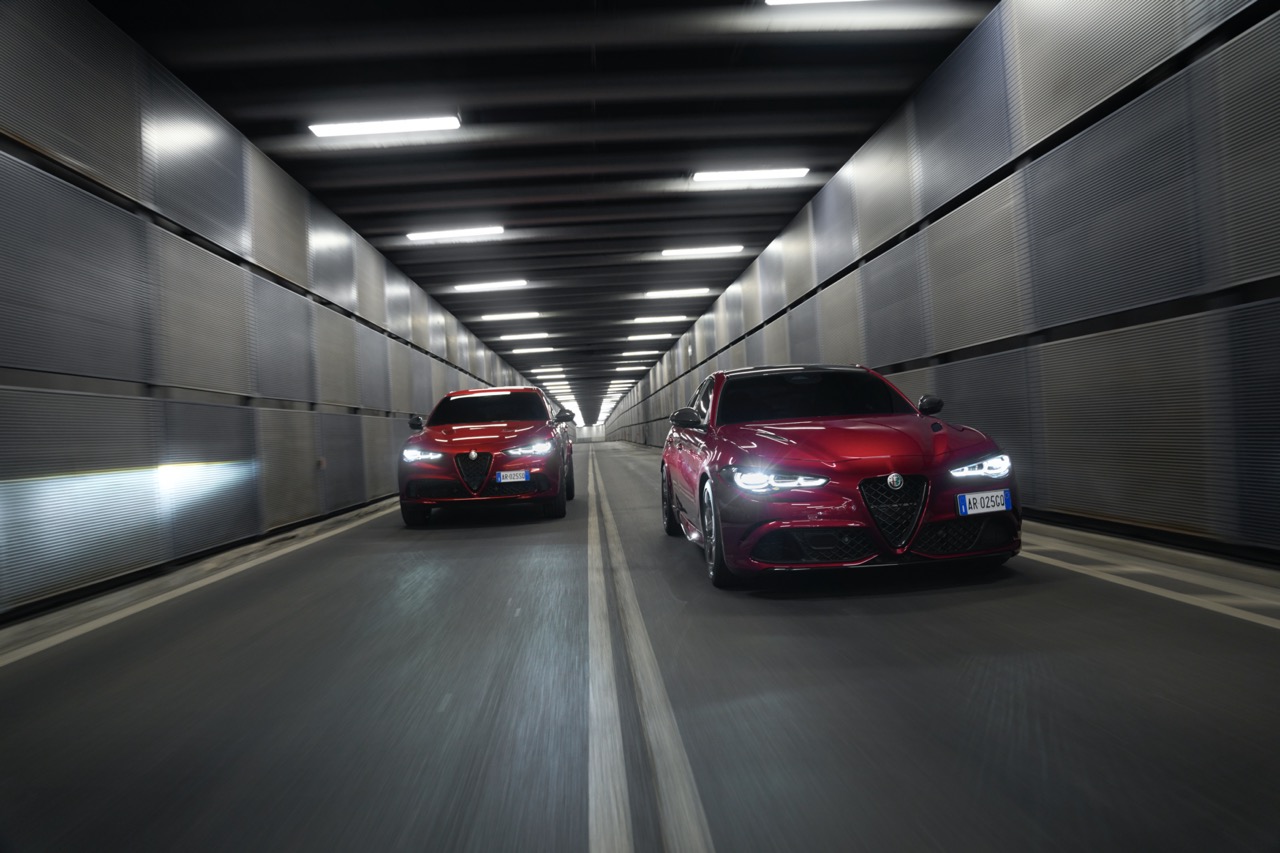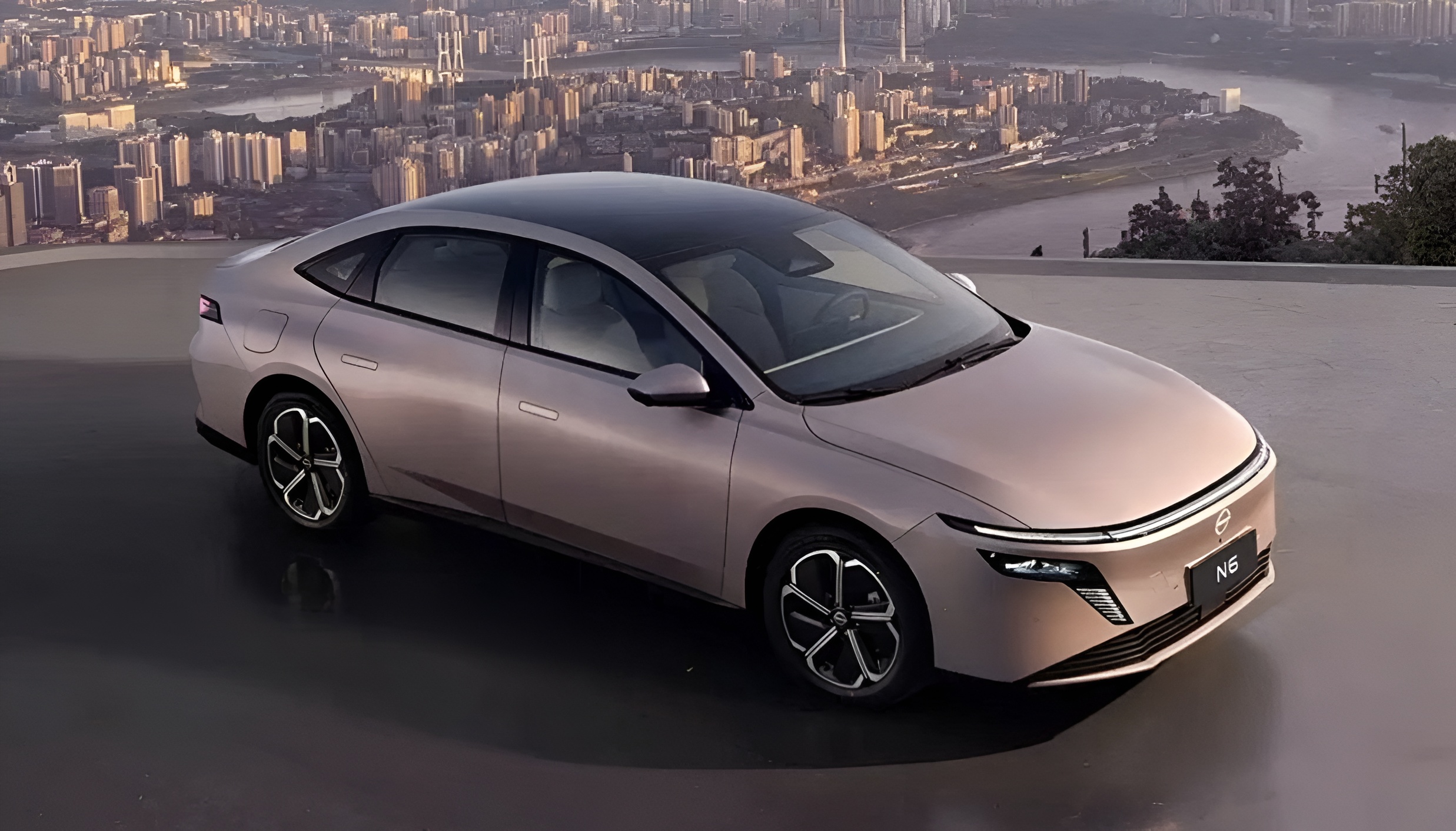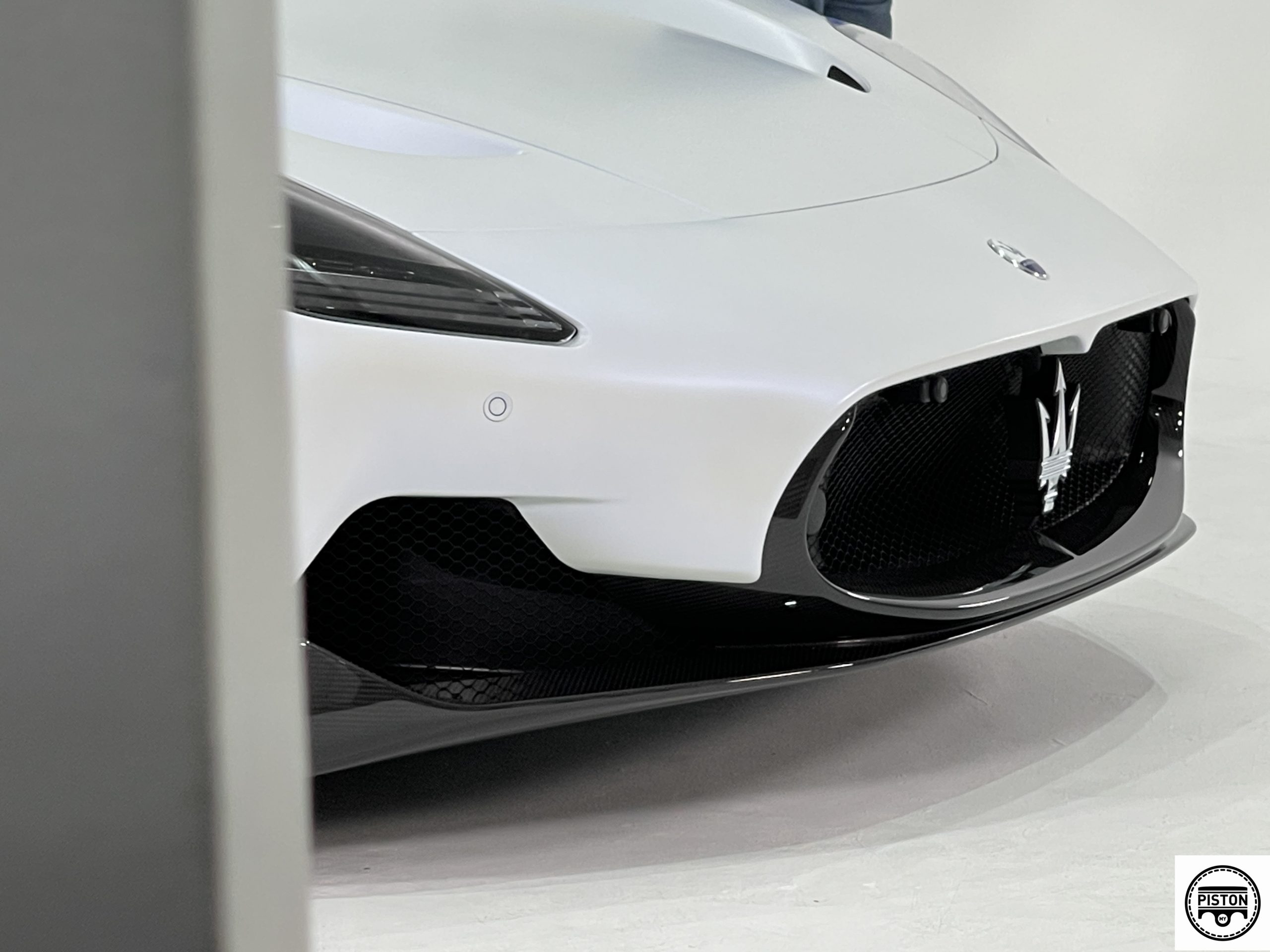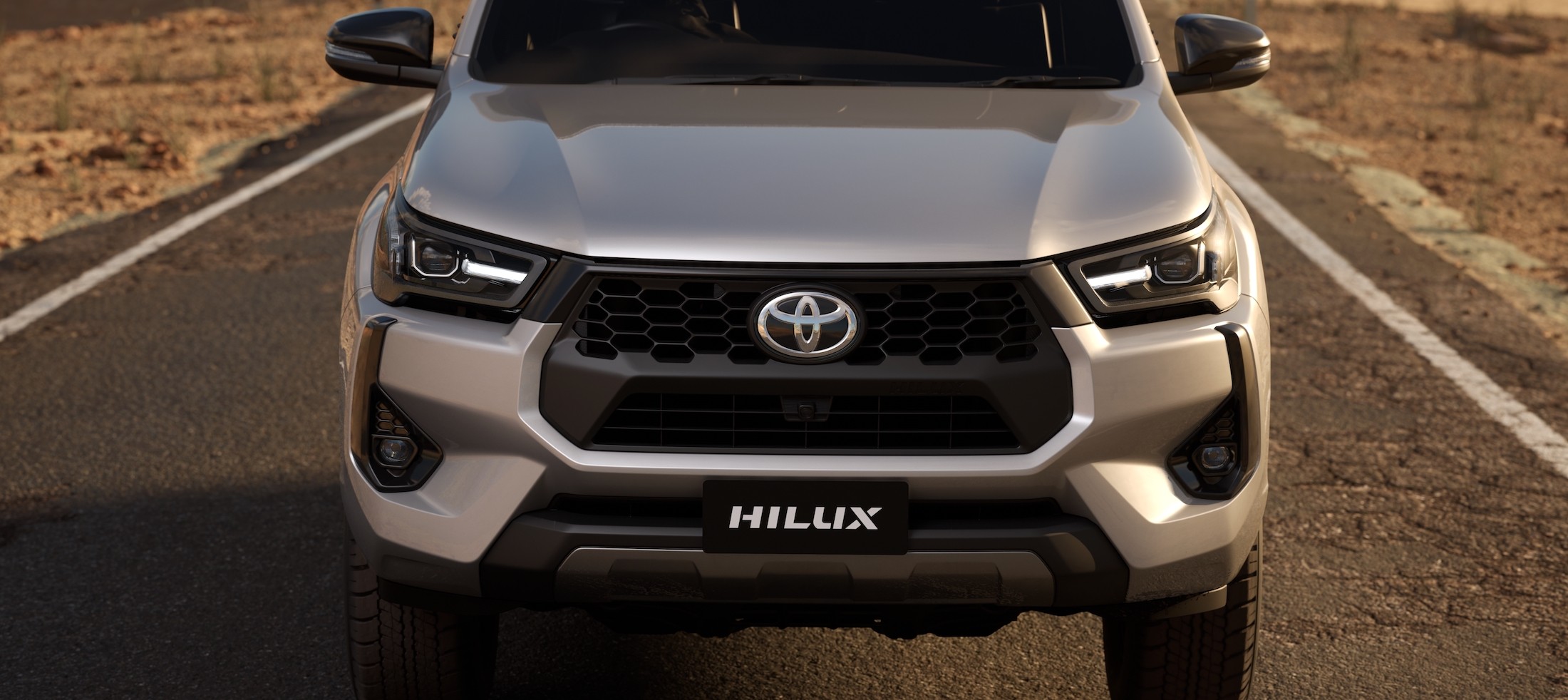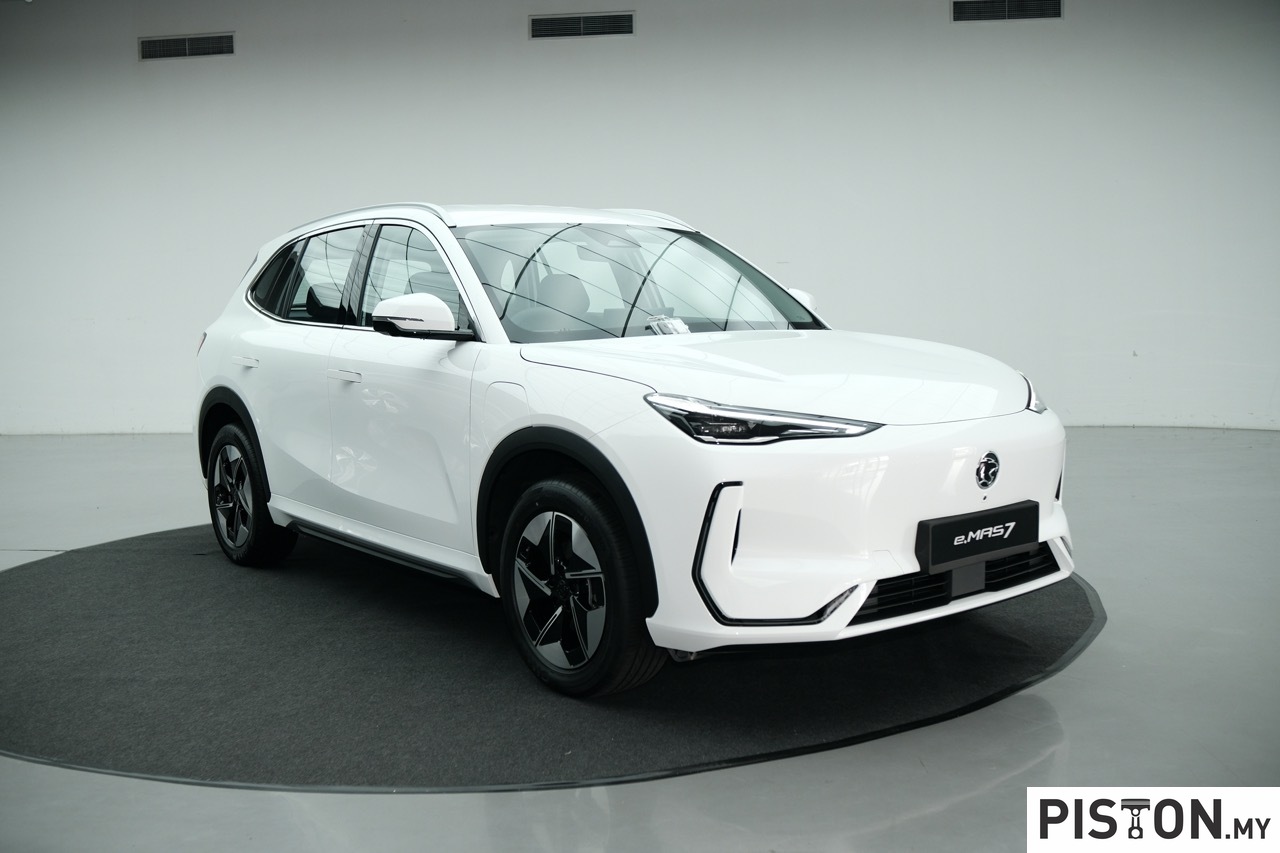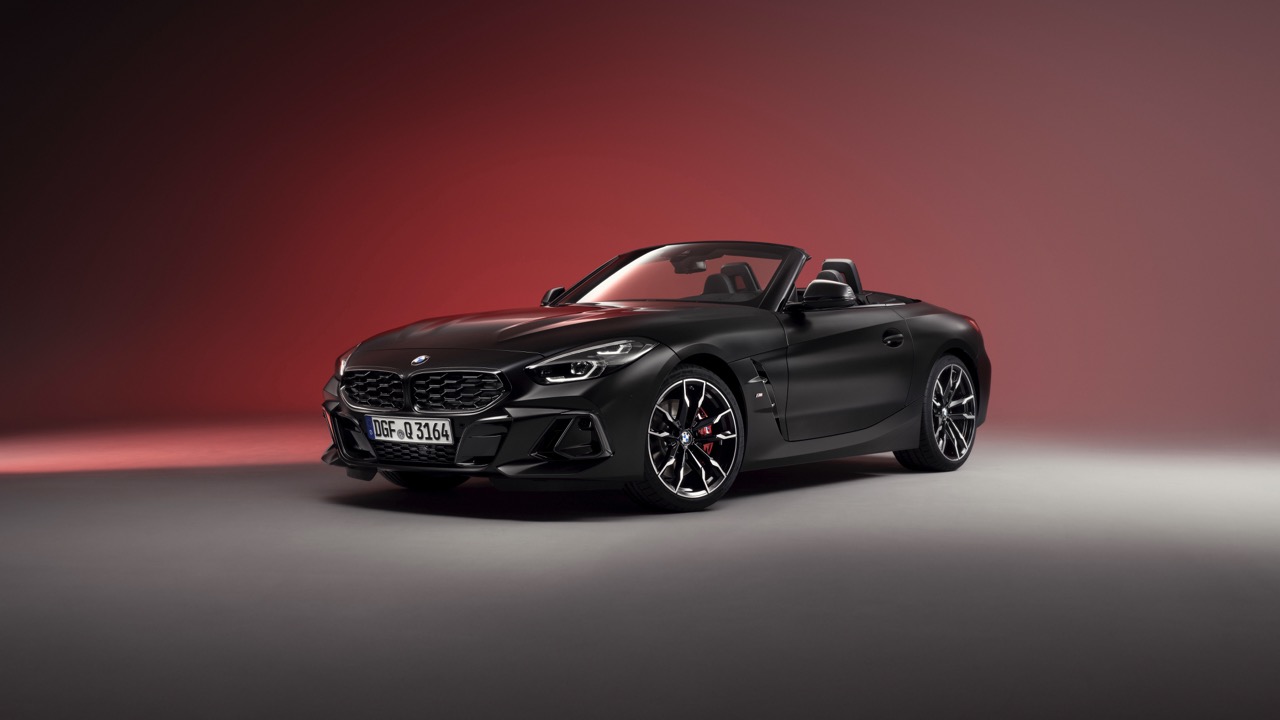Two years ago, a small American start-up called Alpha Motor Corporation drew attention with its retro-styled coupe powered only by electricity. It showed a few designs and, by the end of 2022, was granted US Patent No. 11505265 for a Multipurpose Vehicle System with Interchangeable Operational Components and Power Supplies.
Alpha Motor’s vehicle system is structured with a chassis that is dimensionally adjustable and has the capacity to produce different iterations of vehicles. Components within the chassis are interchangeable with new counterparts while used components are recyclable.
(more…)

